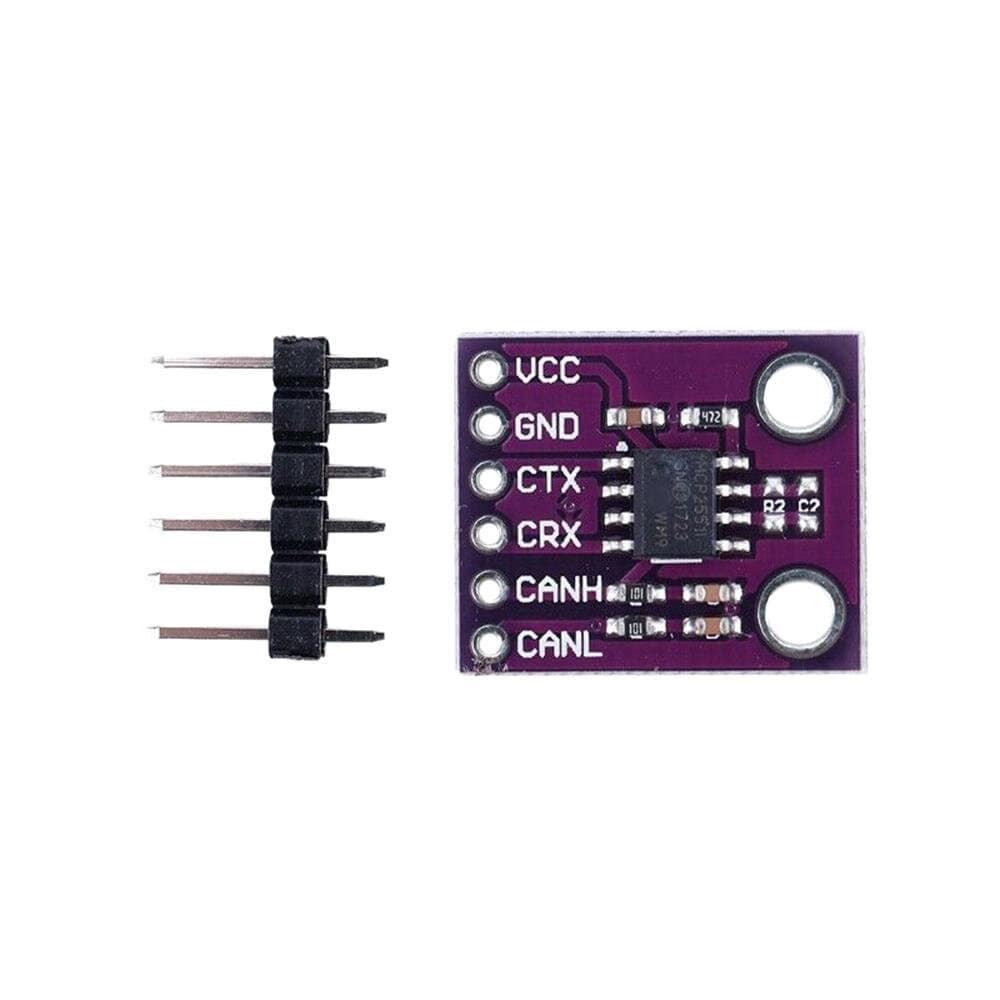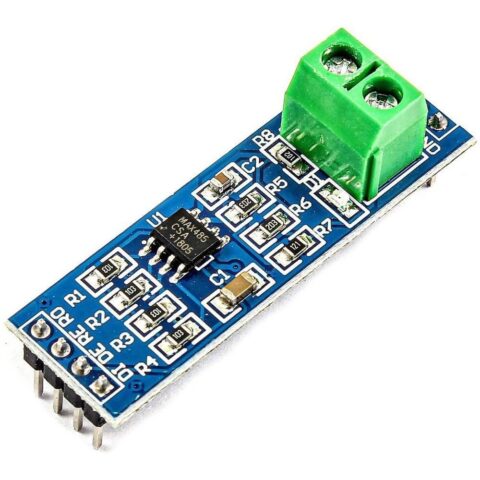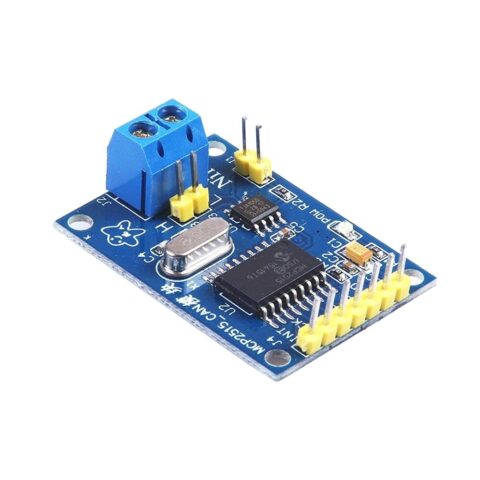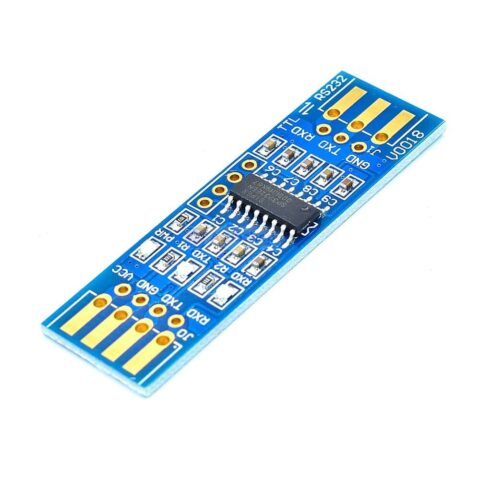This MCP2551 CAN Communication Protocol Controller Module is a high-speed CAN (Controller Area Network) transceiver designed to serve as the critical interface between a CAN protocol controller and the physical two-wire CAN bus. Engineers rely on the MCP2551 to provide differential transmit and receive capability for microcontrollers that need to communicate reliably in noisy environments, such as automotive or industrial settings. As a fully compliant ISO-11898 standard device, this module operates at speeds up to 1 Mbaud, ensuring rapid data exchange across the network. The module also features slope control to minimize Radio Frequency Interference (RFI), making it a robust and dependable choice for any embedded system that requires fault-tolerant, high-integrity data transfer.
Key Features:
- High-Speed Operation: Supports CAN communication rates up to 1 Mbaud, enabling fast and efficient data transfer across the network.
- ISO-11898 Compliance: Meets the international standard for high-speed CAN physical layer, ensuring compatibility with all certified CAN controllers and systems.
- Slope Control: Minimizes signal reflections and RFI emissions, which is crucial for maintaining signal integrity in harsh electrical environments.
- Protection Features: Includes over-temperature protection and protection against transients on the CAN bus lines, enhancing module reliability and lifespan.
- Differential Receiver: Provides a wide common-mode range, allowing the device to easily handle differences in ground potential between nodes.
- Silent Mode Capability: You can place the transmitter in a silent (non-transmitting) state, which is useful for debugging and network analysis without disrupting communication.
Technical Specifications:
- Transceiver Chip: Microchip MCP2551
- Data Rate: Up to 1 Mb/s
- Operating Voltage (VCC): 5 V DC (typically)
- Logic Compatibility: 3.3 V and 5 V microcontrollers (TTL)
- Protocol Compatibility: CAN V2.0B / ISO-11898
- Standby Current: Typical 5 µA (in low-power mode)
- Termination Resistor: Often includes an optional onboard 120-ohm termination resistor (check specific board version).
Mechanical Specifications:
- Interface Connector: Screw terminals for secure CAN H and CAN L bus connections.
- Mounting: Typically includes mounting holes for easy installation into enclosures.
- Format: Small breakout PCB module for easy integration.
Dimensions:
- Module Length: ~28 mm
- Module Width: ~12 mm
- Module Height: ~12 mm (including screw terminals)
Pinout and Wiring:
- VCC: Power supply input (5V).
- GND: Ground connection.
- TXD: Transmitter Data Input (Connects to the CAN Controller’s TX pin).
- RXD: Receiver Data Output (Connects to the CAN Controller’s RX pin).
- CAN H: Connects to the High side of the two-wire CAN bus.
- CAN L: Connects to the Low side of the two-wire CAN bus.
- Wiring Note: Ensure you connect a CAN controller IC (like MCP2515 or the internal CAN module of an MCU) to the TXD and RXD pins. Always connect a 120-ohm termination resistor at both ends of the physical CAN bus.
Datasheet Reference:
Commonly Used in:
- Automotive Diagnostics (OBD-II): Interface with vehicle control units (ECUs) to read sensor data and diagnostic codes.
- Industrial Automation: Create robust, reliable communication networks between PLCs, sensors, and actuators on the factory floor.
- Marine Electronics: Implement NMEA 2000 standard communication for connecting boat instruments.
Applications:
- Microcontroller CAN Interface: Bridge Arduino, Raspberry Pi, or other MCUs to a professional CAN network.
- Data Acquisition Systems: Collect data simultaneously from multiple distributed sensors over a fault-tolerant bus.
- Motor Control: Implement real-time, network-based control for electric motors and drive systems.
Equivalent Models:
- TJA1050: A similar high-speed CAN transceiver known for its low power consumption and robustness.
- SN65HVD230: Another popular 3.3V CAN transceiver often used with 3.3V microcontrollers.
Package Includes:
- 1 x MCP2551 CAN Communication Protocol Controller Module
Additional information
| Weight | 3 g |
|---|---|
| Dimensions | 18 × 15 × 3 mm |













Reviews
There are no reviews yet.